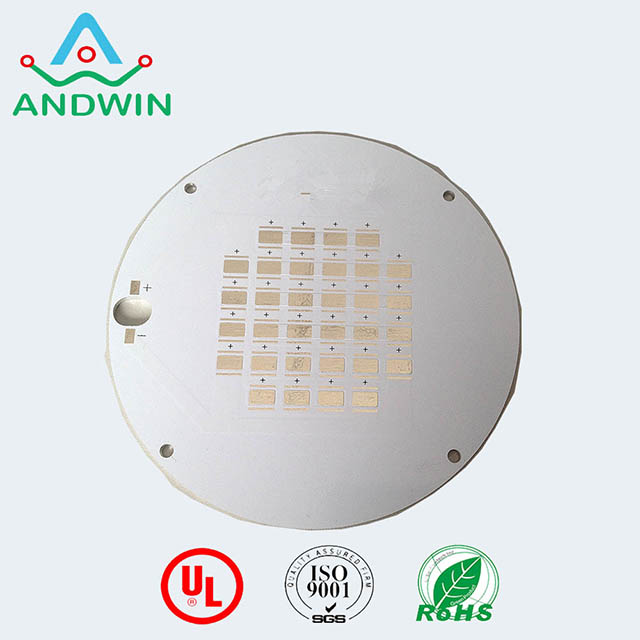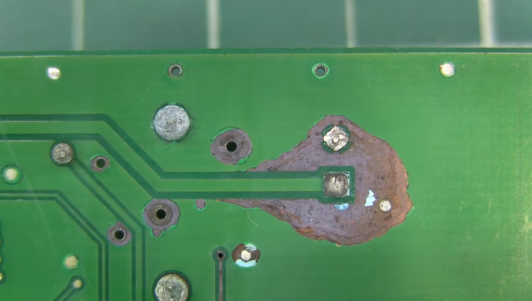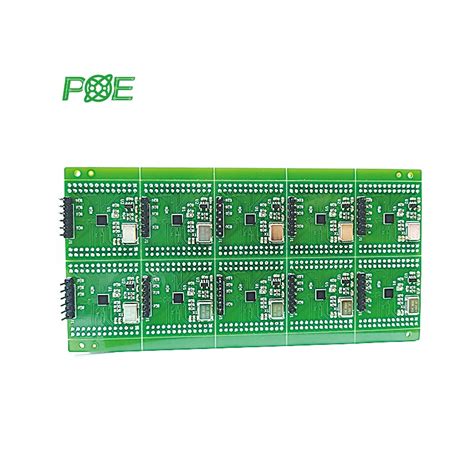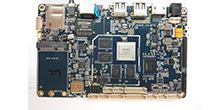ROHS PCB Assembly: Building Eco-Safe Electronics Efficiently

Key Takeaways
Adopting ROHS-compliant PCB assembly practices ensures electronics manufacturing aligns with global environmental regulations while maintaining production efficiency. By prioritizing lead-free soldering and hazardous substance elimination, PCBA processes reduce ecological impact without compromising performance.
| Aspect | Traditional PCB Assembly | ROHS-Compliant PCBA |
|---|---|---|
| Materials Used | Contains restricted substances (e.g., lead, mercury) | Utilizes eco-safe alternatives (e.g., tin-silver-copper alloys) |
| Soldering Process | Lead-based solder | Lead-free soldering techniques |
| Waste Management | Higher hazardous waste | Reduced toxic byproducts |
| Compliance | Limited regulatory alignment | Meets EU/global ROHS standards |
“ROHS compliance isn’t just a regulatory checkbox—it’s a strategic shift toward sustainable innovation in electronics.” – Industry Expert
For manufacturers, integrating ROHS PCB assembly workflows requires collaboration with certified partners like QualiEco Circuits, which specialize in green tech production. Key steps include verifying material certifications, optimizing PCBA designs for recyclability, and conducting rigorous testing to ensure long-term reliability.
Pro Tip: Prioritize suppliers with transparent documentation on material sourcing to avoid non-compliance risks. Transitioning to ROHS-compliant PCB assembly not only safeguards the environment but also future-proofs products for evolving regulations.

Eco-Safe PCB Assembly Compliance Guide
Navigating ROHS compliance in PCB assembly requires a systematic approach to eliminate hazardous substances while maintaining production efficiency. At its core, ROHS directives mandate the exclusion of lead, mercury, cadmium, and other restricted materials from electronic components and manufacturing processes. For PCBA (Printed Circuit Board Assembly) providers, this involves sourcing halogen-free substrates, lead-free solders, and non-toxic fluxes that meet stringent environmental standards.
Manufacturers achieve this by integrating compliance audits into every stage—from design to final testing. For instance, selecting ROHS-certified components ensures raw materials align with global regulations, while reflow soldering profiles are optimized to accommodate lead-free alloys. Advanced PCB assembly workflows now incorporate automated inspection systems to detect contaminants, reducing risks of non-compliance.
A critical aspect lies in documentation. Reliable PCBA partners provide material declarations and test reports, verifying adherence to ROHS thresholds. Regular supply chain audits further mitigate risks, ensuring suppliers follow eco-safe practices. By embedding compliance into the PCB assembly lifecycle, manufacturers not only meet legal obligations but also contribute to sustainable electronics ecosystems—balancing regulatory demands with operational efficiency.
Successful implementation hinges on collaboration between engineers, procurement teams, and compliance experts, fostering a culture of accountability in green tech production.

Streamlined ROHS-Compliant Manufacturing
Modern PCB assembly processes prioritize efficiency while adhering to strict environmental standards. ROHS compliance requires eliminating hazardous substances like lead, mercury, and cadmium from electronics manufacturing. To achieve this, manufacturers employ streamlined workflows that integrate material validation, automated component placement, and rigorous testing protocols. By leveraging advanced PCBA techniques—such as lead-free soldering and halogen-free substrate selection—production lines minimize waste without compromising speed or reliability.
A key advantage of this approach lies in its dual focus: reducing ecological impact while maintaining industrial scalability. Automated optical inspection (AOI) systems, for instance, verify solder joint quality and component alignment in real time, ensuring adherence to ROHS directives at every stage. Additionally, partnerships with certified material suppliers enable consistent access to eco-safe raw materials, further simplifying compliance. This systematic methodology not only accelerates time-to-market for green tech products but also future-proofs operations against evolving environmental regulations.
Transitioning to ROHS-compliant PCB assembly also aligns with broader sustainability goals. Energy-efficient reflow ovens and closed-loop recycling systems for production byproducts demonstrate how eco-conscious practices can coexist with high-volume manufacturing. Such innovations underscore the industry’s shift toward harmonizing technical precision with planetary responsibility.
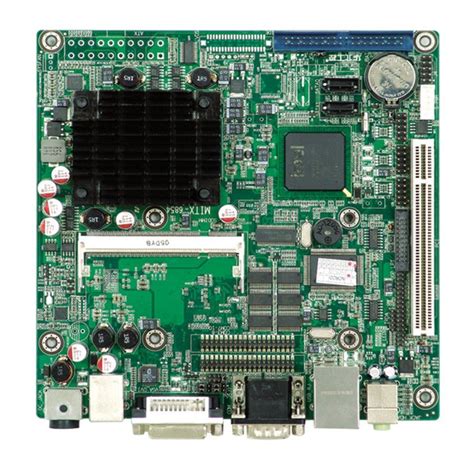
Sustainable Electronics Production Solutions
Adopting ROHS-compliant PCB assembly practices is pivotal for aligning electronics manufacturing with global sustainability goals. By prioritizing materials free of hazardous substances like lead, mercury, and cadmium, PCBA processes minimize environmental harm while maintaining performance. Advanced techniques such as lead-free soldering and halogen-free substrates ensure compliance without compromising durability or efficiency.
Integrating PCB assembly workflows with renewable energy sources and waste-reduction strategies further enhances eco-efficiency. For instance, automated optical inspection (AOI) systems reduce material waste by identifying defects early, while closed-loop recycling programs reclaim valuable metals from production scraps. These practices not only meet regulatory standards but also lower long-term operational costs.
A critical aspect of sustainable production involves lifecycle management. Designing PCBA layouts for disassembly and reuse extends product longevity, reducing e-waste. Collaborating with suppliers certified for green material sourcing strengthens supply chain transparency, as detailed in this guide on ROHS-compliant practices. By embedding sustainability into every phase—from prototyping to mass production—manufacturers can deliver high-performance electronics that align with both ecological responsibility and market demands.
ROHS Standards for Green Tech PCBs
Adhering to ROHS standards is critical for aligning PCB assembly processes with global environmental regulations. These standards restrict hazardous substances like lead, mercury, and cadmium in electronic components, ensuring safer end products and reduced ecological impact. For PCBA manufacturers, compliance involves rigorous material selection, such as lead-free soldering and halogen-free substrates, while maintaining performance reliability.
Modern ROHS-compliant PCB assembly integrates advanced testing protocols, including X-ray fluorescence (XRF) analysis, to verify material composition. This not only meets regulatory requirements but also enhances product longevity in green tech applications like solar energy systems and electric vehicles. Streamlined compliance processes enable manufacturers to balance efficiency with sustainability, minimizing waste through optimized design and lean production workflows.
The shift toward ROHS-driven PCBA also fosters innovation in recyclable materials and energy-efficient manufacturing techniques. By prioritizing these standards, companies reduce supply chain risks, align with international markets, and contribute to a circular economy—key pillars for sustainable electronics growth.
Efficient Eco-Friendly PCB Assembly
Adopting ROHS-compliant PCB assembly practices requires balancing speed, cost, and environmental responsibility. Modern PCBA workflows integrate lead-free soldering and halogen-free substrates to eliminate hazardous substances like cadmium and mercury, aligning with global sustainability mandates. Automated optical inspection (AOI) and precision pick-and-place systems ensure rapid production cycles while minimizing material waste—key for high-volume PCB assembly in industries such as renewable energy and IoT devices.
Central to this approach is optimizing design-for-manufacturing (DFM) guidelines to reduce rework. For example, turnkey solutions enable seamless transitions from prototyping to mass production, leveraging ROHS-certified components without compromising throughput. Advanced reflow profiling further enhances yield rates by maintaining precise temperature control during solder paste curing.
However, achieving efficiency demands rigorous supply chain oversight. Partnering with certified manufacturers ensures traceability of PCBA materials, from bare boards to final testing. This dual focus on speed and compliance not only meets regulatory deadlines but also future-proofs products against evolving eco-standards, making sustainable electronics manufacturing both viable and scalable.
Ensuring Safety in PCB Manufacturing
Safety in PCB assembly begins with stringent adherence to ROHS compliance, which restricts hazardous substances like lead, mercury, and cadmium. Manufacturers prioritize material selection to eliminate toxins, ensuring components such as PCBA substrates and solders meet global environmental standards. Advanced testing protocols, including X-ray inspection and ion chromatography, verify the absence of restricted chemicals while maintaining electrical performance.
Process optimization further enhances safety by integrating automated systems that minimize human exposure to harmful residues. For instance, lead-free soldering techniques not only align with ROHS directives but also reduce workplace health risks. Additionally, traceability systems track material origins, enabling rapid identification of non-compliant batches.
This approach ensures eco-safe electronics without compromising efficiency. By embedding safety checks into every stage of PCBA production, manufacturers achieve dual objectives: regulatory alignment and reliable end-products. Transparent documentation, including material safety data sheets (MSDS) and compliance certificates, reinforces trust in sustainable practices. Through these measures, ROHS-compliant PCB assembly becomes a cornerstone of responsible innovation in green technology.
Compliance-Driven Electronics Assembly
In modern electronics manufacturing, PCB assembly processes must align with stringent environmental regulations like ROHS to meet global sustainability targets. Compliance-driven strategies prioritize eliminating restricted substances—such as lead, mercury, and cadmium—while maintaining the reliability of PCBA outputs. Manufacturers adopt advanced material-sourcing protocols and traceability systems to ensure every component, from solder paste to substrate laminates, adheres to ROHS standards.
A systematic approach integrates compliance checks at critical stages, including design validation, component procurement, and post-assembly testing. For instance, automated optical inspection (AOI) systems verify solder joints for hazardous material residues, while X-ray fluorescence (XRF) analyzers screen for restricted chemicals. This rigor not only safeguards end-user safety but also streamlines cross-border market access by preempting non-compliance penalties.
Transitioning to ROHS-compliant PCB assembly requires collaboration between engineers, suppliers, and certification bodies. By embedding eco-design principles—such as modular layouts for easier recycling—manufacturers reduce waste without compromising performance. The shift toward green tech PCBA processes underscores a broader industry commitment to balancing efficiency with planetary stewardship, ensuring electronics innovation progresses responsibly.
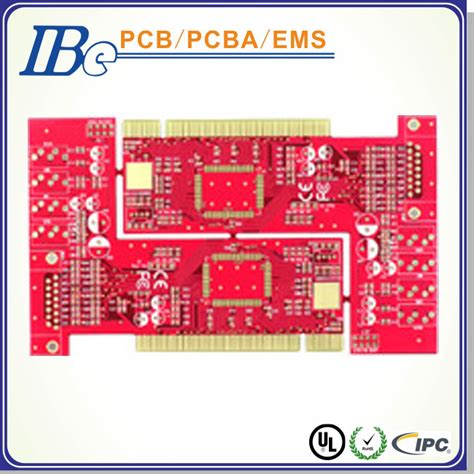
ROHS Benefits in Sustainable Tech
Adopting ROHS-compliant PCB assembly practices unlocks significant advantages for sustainable technology development. By eliminating hazardous substances like lead, mercury, and cadmium, PCBA processes align with global environmental regulations while reducing health risks for end-users. This compliance directly supports circular economy goals by enhancing material recyclability and minimizing toxic waste in landfills.
For manufacturers, integrating ROHS standards into PCB assembly workflows ensures long-term regulatory alignment, avoiding costly fines and supply chain disruptions. Additionally, the shift toward eco-safe materials often drives innovation in component design, fostering energy-efficient manufacturing techniques. For instance, lead-free soldering not only meets ROHS mandates but also improves thermal reliability in high-performance electronics.
Beyond compliance, the emphasis on ROHS-certified PCBA strengthens brand reputation among eco-conscious consumers and corporate partners. Companies leveraging these practices position themselves as leaders in green tech, differentiating their products in competitive markets. Moreover, streamlined material selection reduces production complexity, enabling faster turnaround times without compromising safety or quality.
As industries prioritize sustainability, ROHS-compliant PCB assembly serves as a foundational pillar for building future-ready electronics that balance efficiency, safety, and environmental stewardship.
Conclusion
Adopting ROHS-compliant PCB assembly practices is no longer optional for manufacturers committed to eco-safe electronics and global market access. By integrating PCBA processes that prioritize restricted substance elimination, businesses align with stringent environmental regulations while maintaining production efficiency. The transition to ROHS-compliant manufacturing not only reduces hazardous material risks but also fosters innovation in material sourcing and waste reduction strategies.
For industries navigating sustainability mandates, leveraging advanced PCB assembly techniques ensures compliance without compromising on performance or scalability. This approach strengthens supply chain resilience, as green tech standards increasingly influence procurement decisions. Moreover, the long-term benefits—enhanced brand reputation, reduced liability, and alignment with circular economy principles—underscore the strategic value of ROHS-certified PCBA workflows.
As regulatory frameworks evolve, proactive adoption of eco-friendly PCB assembly methods will remain critical for staying competitive in a market prioritizing safety and sustainability. By embedding compliance into every stage of production, manufacturers can future-proof operations while contributing to a cleaner, safer electronics ecosystem.

Frequently Asked Questions
What does ROHS compliance mean in PCB assembly?
ROHS (Restriction of Hazardous Substances) compliance ensures that PCBA processes eliminate restricted materials like lead, mercury, and cadmium. This aligns with global environmental regulations, reducing toxic waste in electronics manufacturing.
How does PCB assembly become ROHS-compliant?
Manufacturers replace hazardous substances with safer alternatives, such as lead-free solder, and implement strict material testing. Every PCBA step—from component sourcing to final inspection—must adhere to ROHS standards.
Why choose ROHS-compliant PCB assembly for eco-safe production?
ROHS-compliant PCBA minimizes environmental impact, meets international trade requirements, and enhances product safety. It also appeals to eco-conscious consumers, boosting brand reputation in sustainable tech markets.
Can existing PCB assembly workflows transition to ROHS compliance?
Yes, but it requires auditing materials, updating soldering techniques, and retraining staff. Partnering with certified PCBA providers streamlines this shift while maintaining production efficiency.
How do I verify a manufacturer’s ROHS compliance?
Request documentation like material declarations, test reports, and certifications (e.g., IEC 62321). Reputable PCB assembly suppliers transparently share compliance records for every project.
Ready to Start Your Eco-Safe Project?
For expert guidance on ROHS-compliant PCB assembly, please click here to explore our sustainable solutions. Let’s build greener electronics together!




